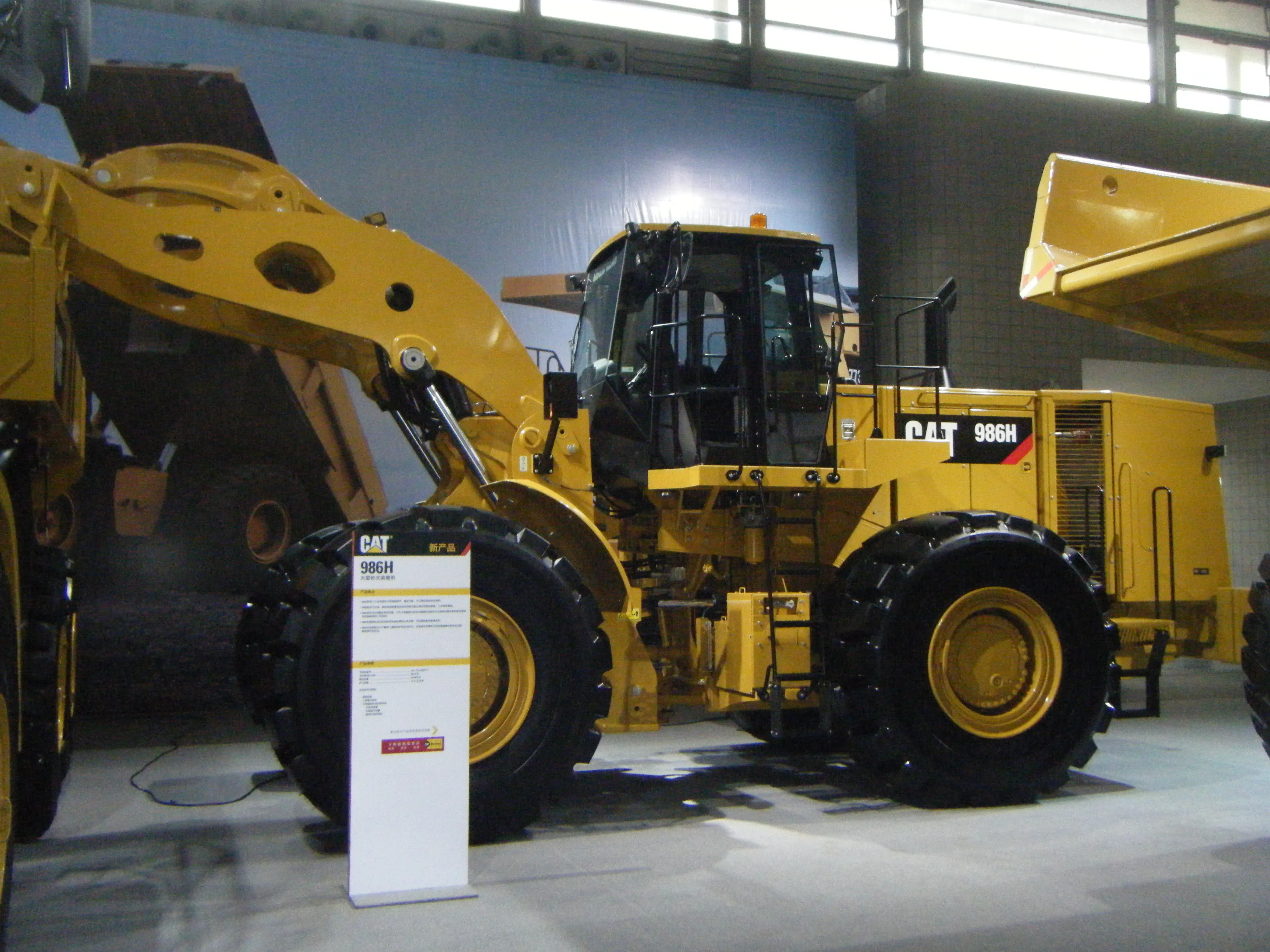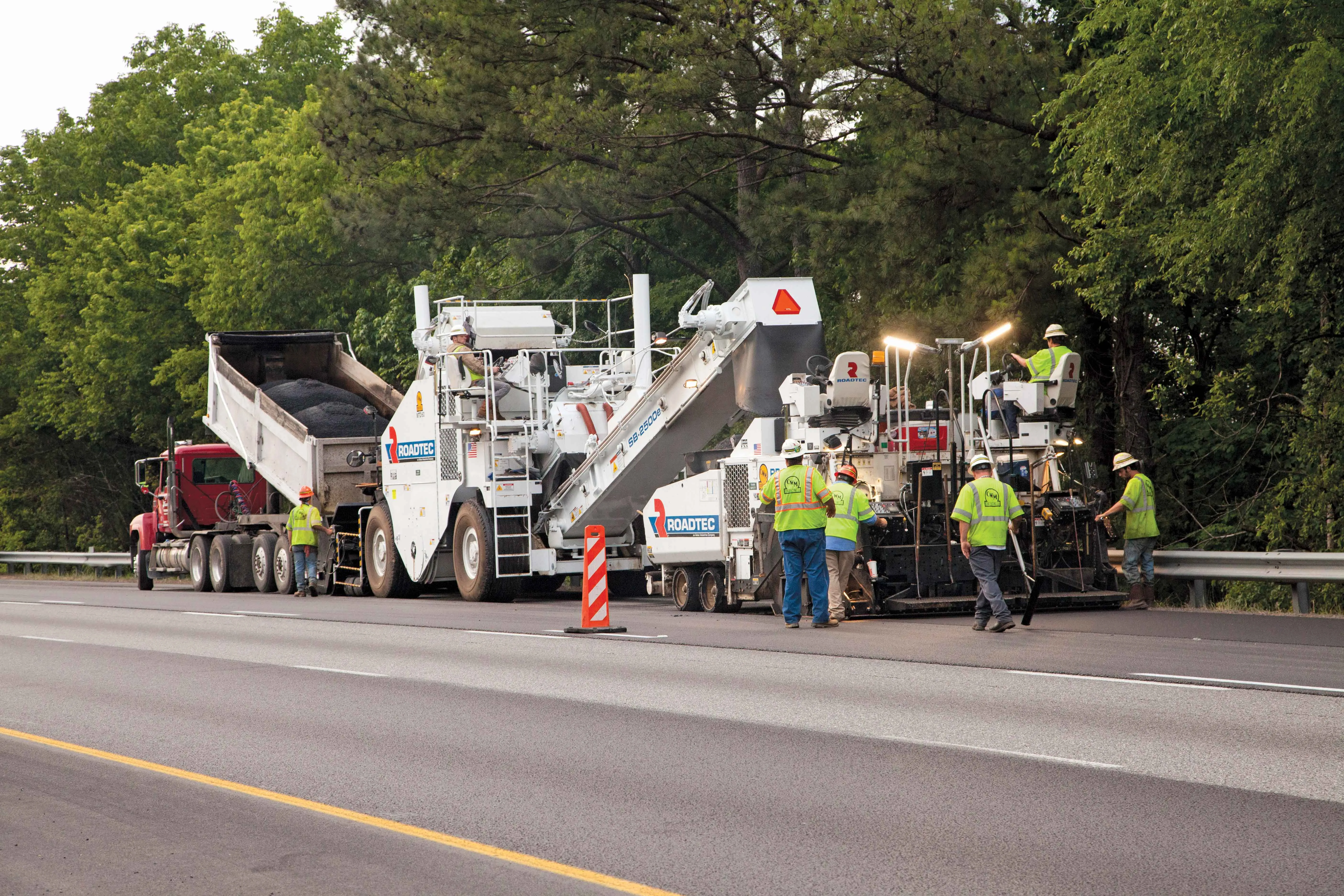Visitors to the MTG stand at INTERMAT will see Barcelona-based company’s newest wing and blade shrouds for earthmoving buckets. They operate in combination with a conventional mechanical fastener system to prolong the life of a bucket’s teeth. The new products have undergone severe testing at copper mines in Gällivare, Sweden and Santiago de Chile.
MTG, a specialists maker of teeth, adapters, shrouds and locking devices for earthmoving machinery, will also highlight its Starmet Rope Shovel teeth, adapter
January 6, 2017
Read time: 2 mins

Visitors to the 7159 MTG stand at INTERMAT will see Barcelona-based company’s newest wing and blade shrouds for earthmoving buckets. They operate in combination with a conventional mechanical fastener system to prolong the life of a bucket’s teeth. The new products have undergone severe testing at copper mines in Gällivare, Sweden and Santiago de Chile.
MTG, a specialist maker of teeth, adapters, shrouds and locking devices for earthmoving machinery, will also highlight its Starmet Rope Shovel teeth, adapters, lip and lateral protectors. All are now available for the buckets7980 P&H Mining Equipment’s 4100 shovel and that of 178 Caterpillar’s CAT7495.
MTG’s electric shovel adapters, which allow the use of wear caps where necessary, have been designed with the StarMet tooth-and-adapter fitting system and a conventional two- or three-part lip fastener system.
MTG is also developing a hammerless fastener system for these adapters. The new range includes self-sharpening teeth designs with the MTG’s Twist hammerless locking. They are stronger and have more wear material to guarantee increased bucket productivity with such machinery.
MTG, a specialist maker of teeth, adapters, shrouds and locking devices for earthmoving machinery, will also highlight its Starmet Rope Shovel teeth, adapters, lip and lateral protectors. All are now available for the buckets
MTG’s electric shovel adapters, which allow the use of wear caps where necessary, have been designed with the StarMet tooth-and-adapter fitting system and a conventional two- or three-part lip fastener system.
MTG is also developing a hammerless fastener system for these adapters. The new range includes self-sharpening teeth designs with the MTG’s Twist hammerless locking. They are stronger and have more wear material to guarantee increased bucket productivity with such machinery.








